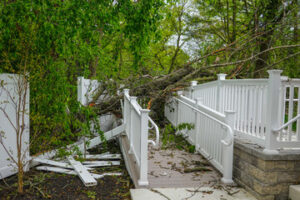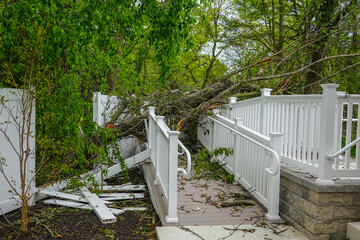Whether you need to plant a new tree or simply care for an existing one, there are several factors that you need to consider before hiring a tree service. Here, you will learn about costs, common methods of tree care, and the role of certified arborists. In addition, you will learn about safety issues that you should watch for when hiring Tree Service professionals.

Costs of tree service depend on several factors, including the type of tree you have and the location of the tree. If your tree is in a difficult location, it will require more time and labor, which can increase your bill. Additionally, trees in inaccessible locations require more preparation and specialized strategies.
Tree removal is an expensive project that requires professional skill. A professional arborist can assess your property and estimate the price. A small tree can cost about $285 to $435. However, a large tree over 80 feet will cost around $1,200 to $2,000 to remove. The height of the tree also influences the price.
Trees can vary in size, shape, and age. Larger ones may require ropes to lower their branches. Additionally, trees located near power lines or other structures will require specialized equipment to cut them properly. Lastly, the number of trees you need to cut can affect the price. If the tree is diseased or infected with pests, the cost will be even higher.
The cost of tree removal services depends on the type of tree you have on your property. Some varieties require more frequent trimming or pruning than others. Therefore, you should choose a certified arborist for your project. It will help you avoid unnecessary costs and time in the future. The cost of tree removal can be higher if the contractor isn’t aware of the tree’s condition.
Travel time is another cost factor for tree service companies. If your tree removal company isn’t nearby, they may charge you for their time on the road. A company that brings a log splitter to your property might charge you $75. However, this extra service can help you save money in the long run since you can use the logs in your fireplace instead of spending money on a new machine.
The size of the tree is also a determining factor. The larger and thicker the tree, the more expensive it will be. Trees with multiple trunks require more planning and special tools, and training. Also, emergency tree removal services are expensive as they must remove a tree immediately.
Proper pruning and care of trees are essential to prevent tree disease and prevent the occurrence of falling branches. Pruning can also reduce the spread of decay and insects. Clean pruning removes dead and diseased branches without affecting the live branches. Thin pruning, on the other hand, reduces the density of live branches, thereby increasing air and sunlight penetration.
Tree injuries can leave cavities, which may need to be filled in. Gardeners have tried to fill these cavities by filling them with materials. However, arborists recommend drilling a weep hole and trimming the cavity opening. This will help prevent the wound from getting infected. If there’s no other choice but to remove the wounded portion, tree owners should consider hiring a tree service company.
Thinning the crown is another common method of tree care. The goal of crown thinning is to reduce the overall density of a tree. Typically, 10-20 percent of the tree’s branches should be removed. In addition, limbs from one to four inches in diameter should be removed. Crown thinning is also common on ornamental landscape trees. The aim is to reduce the tree’s crown density while maintaining a natural shape.
Pruning is another essential part of tree care. It’s important to avoid making cuts too close to the trunk because this will cause the branches to rub together, a condition that is harmful to the tree’s structure. Also, it’s important to prune a tree after the flowering season to prevent the tree from producing more flowers in the spring.
Pruning techniques are the most common way to remove dead or diseased branches. These methods are effective at keeping trees healthy and provide an easier way to clear tree lines. However, they’re not a suitable solution for all situations. If a tree grows too close to a utility line, topping may not be the best option. A replacement tree should be small enough to fit under the line once it matures.
